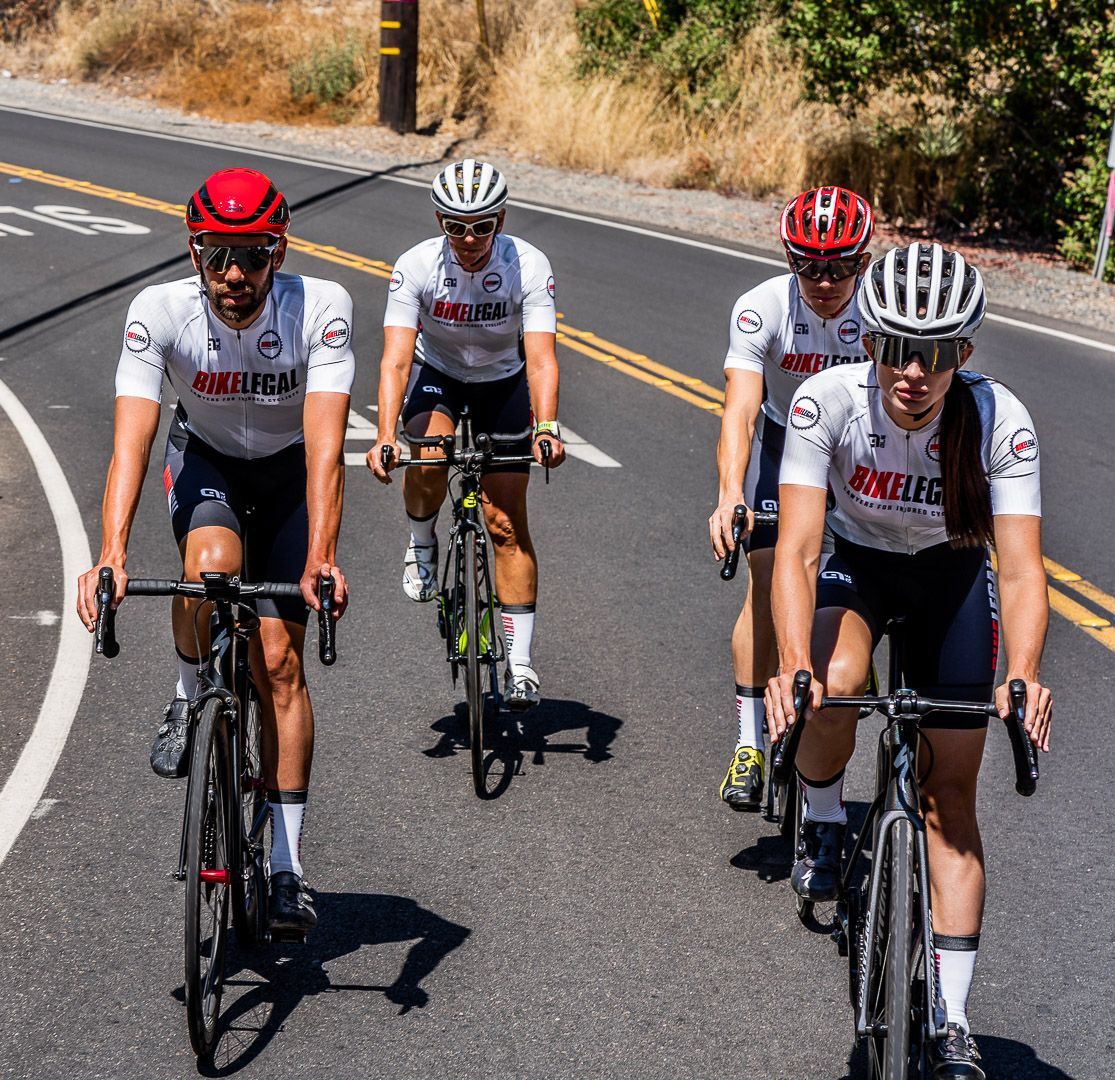Best Winter Cycling Gear for Cold Weather Rides in 2025
Follow us on
social media!
Ever cut a ride short because your fingers were frozen, or felt the cold bite through your jacket, making every mile miserable? Winter cycling isn’t just about enduring the cold—it’s about conquering it with the right gear.
A study found that cyclists who dress appropriately in winter maintain better endurance and reaction times, while those who don’t face increased fatigue and slower reflexes. The good news? You don’t have to suffer through frozen toes and fogged-up glasses.
Here’s what you’ll find in this guide:
- Layering strategies to stay warm without overheating.
- Essential winter gear—jackets, gloves, shoes, and more.
- Bike-specific upgrades for safety and performance in cold conditions.
Key Considerations for Winter Cycling Gear
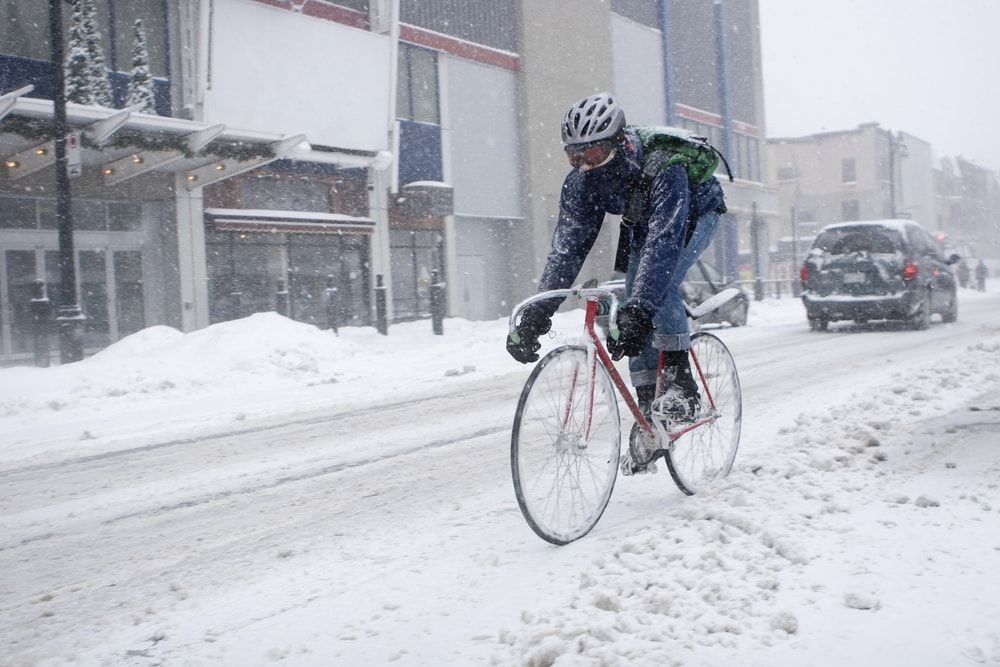
The right gear can make the difference between an enjoyable ride and a miserable, frostbitten experience. To stay comfortable, safe, and efficient in cold conditions, you need to account for layering, weather challenges, visibility, and durability—here’s what matters most.
1. Layering: The Foundation of Winter Warmth
Your body generates heat as you ride, but without proper layering, you’ll either overheat and sweat excessively or struggle to stay warm. The key is moisture-wicking, insulating, and protective layers working together.
- Base Layer: Regulates body temperature and wicks sweat away.
- Mid-Layer: Traps warmth and provides insulation.
- Outer Layer: Shields against wind, rain, and snow.
Avoid cotton—it absorbs moisture and holds onto it, making you colder. Instead, opt for merino wool or synthetic blends that keep you dry and warm.
2. The Biggest Winter Cycling Challenges
Winter riding introduces a mix of cold air, wind chill, wet roads, and limited daylight—all of which can impact your performance and safety. Here’s how these elements affect your ride:
- Cold Temperatures: Your core, hands, and feet lose heat the fastest, leading to discomfort or even numbness.
- Wind Chill: Riding at 15 mph in 35°F can feel like 25°F—windproof materials are essential.
- Wet Weather: Rain and snow soak through unprotected fabrics, making you colder.
- Shorter Days: Visibility declines fast, increasing the risk of accidents in low-light conditions.
Riding in wet conditions requires the right outer layer. A waterproof cycling jacket with a breathable membrane like Gore-Tex will keep rain out while allowing sweat to escape. If you're unsure whether it's safe to ride in rainy weather, check out our guide on Can You Ride a Bike in the Rain? for essential tips on staying dry, visible, and in control
3. Why Winter Cycling Gear Matters
Wearing the right gear isn’t just about comfort—it directly affects your safety, stamina, and overall riding experience. Proper winter cycling gear:
- Enhances Performance – Keeps your muscles warm and functional.
- Prevents Hypothermia – Blocks wind and repels moisture.
- Improves Visibility – Reflective elements and bright colors help you stand out.
4. Waterproof & Windproof Protection
Your outermost layer is your first line of defense against the elements. Look for:
- Windproof fabrics to block icy air.
- Waterproof membranes (like Gore-Tex) to repel rain and snow.
- Breathability to prevent overheating.
If your jacket doesn’t have built-in ventilation, layering strategically allows for better temperature control as you ride.
5. Visibility & Safety in Low Light
Winter cycling often means riding in low-light conditions, whether early in the morning or after sunset. To stay visible, use a high-powered front light and a flashing rear light. But how bright should your lights be? Check out our Bicycle Light Lumens Guide: How Bright Should Your Lights Be? to ensure you have the right lumens for maximum visibility and safety on the road.
To increase your visibility:
- Wear reflective and high-visibility clothing.
- Use powerful front and rear bike lights.
- Add reflective elements to your helmet, gloves, and overshoes.
6. Winter Cycling Gear Durability in Harsh Conditions
Winter gear needs to withstand rain, mud, and road salt without falling apart. Before buying, check:
- Fabric quality – High-performance materials last longer.
- Sealed seams and zippers – Prevent moisture from seeping in.
- Reinforced stitching – Ensures longevity, even in tough conditions.
How to Layer Winter Cycling Gear for Maximum Warmth
The key to staying warm and comfortable while cycling in cold weather is layering. A well-thought-out layering system ensures you maintain body heat without overheating, keeping you dry and protected in varying outside temperatures.
| Layers | What it is | Best Materials | Notes |
|---|---|---|---|
| The Base Layer | The base layer is your first defense against moisture buildup, ensuring sweat is wicked away to keep your skin dry. The important thing here is to choose technical fabrics that insulate while allowing breathability. |
|
What to Avoid: Cotton absorbs moisture, making you feel cold quickly. A wet base layer in colder temperatures is a recipe for discomfort. |
| The Mid Layer | The mid-layer is designed to trap body heat, creating a protective pocket of warmth between your base layer and outer layer. A thermal fleece or long sleeve jersey is an excellent option for insulation. |
|
Adaptability Tip: Choose a mid-layer based on the temperature range you’ll be cycling in. A zippered long sleeve jersey allows better ventilation when the outside temperature fluctuates. |
| The Outer Layer | Your outer layer protects against wind, rain, and snow. The best winter cycling jackets should be water resistant, breathable, and designed with reflective details for visibility in low light conditions. |
|
Breathability Matters: Overheating can be just as uncomfortable as the cold itself. Look for cycling gear with ventilation zippers to maintain airflow. |
Additional Tip: Opt for breathable materials to prevent overheating. While insulation is key for winter cycling, too much heat retention can lead to excess moisture buildup, making you feel cold once you slow down.
Best Winter Cycling Gear: Top Base Layers, Jackets, Gloves, and Accessories
Having essential winter cycling gear can mean the difference between an enjoyable winter riding experience and one that leaves you cold, wet, and miserable.
Below are some of the best winter cycling gear recommendations categorized by base layers, tights, jackets, gloves, shoes, headgear, and eye protection to help you stay comfortable in colder temperatures.
Base Layers
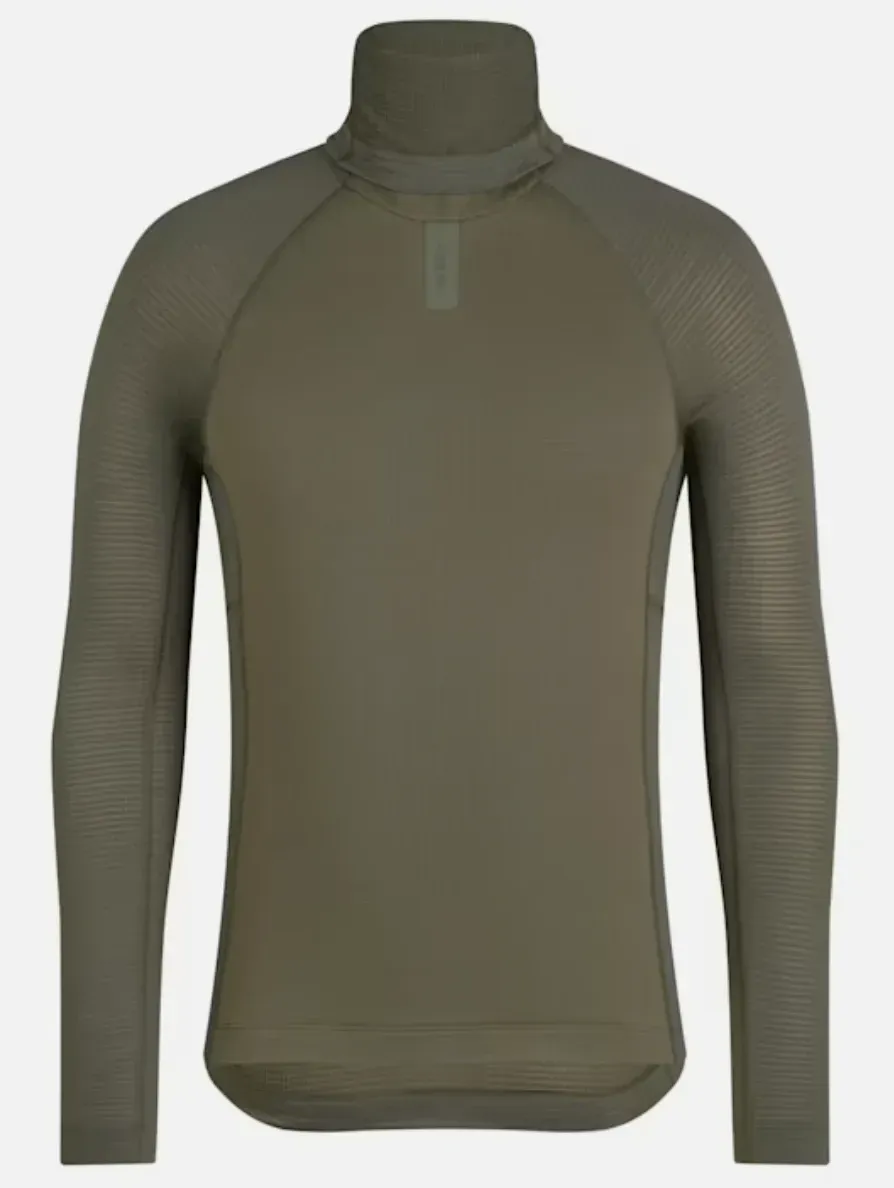
Base layers are the foundation of winter cycling gear, designed to wick moisture away from the skin while providing insulation. Lightweight base layers work best in cooler temperatures (35-50°F), while heavyweight merino wool or thermal synthetic fabrics provide added warmth for freezing conditions (20-35°F). Always pair with a midlayer or outer shell for wind and rain protection.
Rapha Thermal Base Layer
| Fabric | Waterproofing | Temperature Range | Best for |
|---|---|---|---|
| A technical cold weather base layer with superior thermoregulation capabilities and body temperature control. | Not water repellent, best paired with an outer layer | Above Freezing (35-50°F): Lightweight merino-poly blend Very Cold/Freezing (20-35°F): Heavyweight merino for insulation |
Regulating body temperature and moisture-wicking |
Thermal Cycling Bibs
Thermal cycling tights and pants provide insulation, wind resistance, and water repellency, keeping legs warm and dry. Use fleece-lined tights in above-freezing conditions (35-50°F), while windproof, fully insulated pants are best for very cold/freezing rides (20-35°F). Layering with thermal bib tights under windproof pants enhances protection in extreme cold.
Gore Wear C5 Thermo Bib Tights
Amazon rating: 4.4/5, (107+ reviews)

The GORE WEAR Men's Thermo Cycling Bib Tights (C5) are insulated, breathable winter cycling bibs with a high-quality seat pad for long rides. Popular for their warmth, comfort, and durability, users love their snug fit, wind resistance, and flexibility—though some mention sizing inconsistencies and lack of zippers.
| Fabric | Waterproofing | Temperature Range | Best for |
|---|---|---|---|
| Thermal fleece lining for insulation | Water-resistant, protects from road spray and light rain | Above Freezing: Brushed fleece for warmth without overheating Very Cold/Freezing: Extra thermal insulation and wind protection |
Cold feet protection and flexible movement |
Thermal Jackets and Outerwear
Winter cycling jackets provide warmth, windproofing, and water resistance, acting as the outermost layer. Choose breathable, wind-blocking softshells for moderate cold (35-50°F), while fully insulated, waterproof jackets work best for extreme cold and wet conditions (20-35°F). High-visibility options improve safety in low-light conditions. Layer over a base and midlayer for optimal warmth.
Castelli Alpha ROS 2 Jacket
Amazon rating: 4.2/5, (10+ reviews)
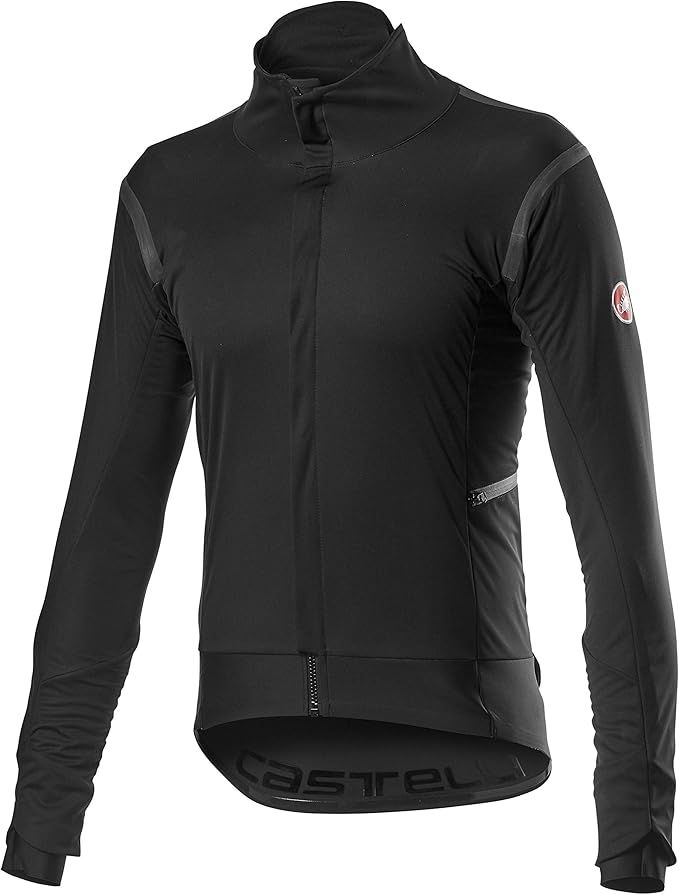
The Castelli Men's Alpha RoS 2 Jacket is a waterproof, breathable, and insulated cycling jacket designed for winter riding. Known for its lightweight warmth and full neck coverage, it's popular for its durability and ability to withstand extreme cold and light rain. Users love its high-quality materials and performance in sub-40°F temperatures.
| Fabric | Waterproofing | Temperature Range | Best for |
|---|---|---|---|
| Gore-Tex Infinium Windstopper | Water-resistant, protects against light rain and snow | Above Freezing: Breathable design with front ventilation Very Cold/Freezing: Insulated inner layer for extra warmth |
Retaining body heat in colder temperatures |
Proviz Reflect360 Jacket (For low light conditions)
Amazon rating: 4.2/5 (38+ reviews)
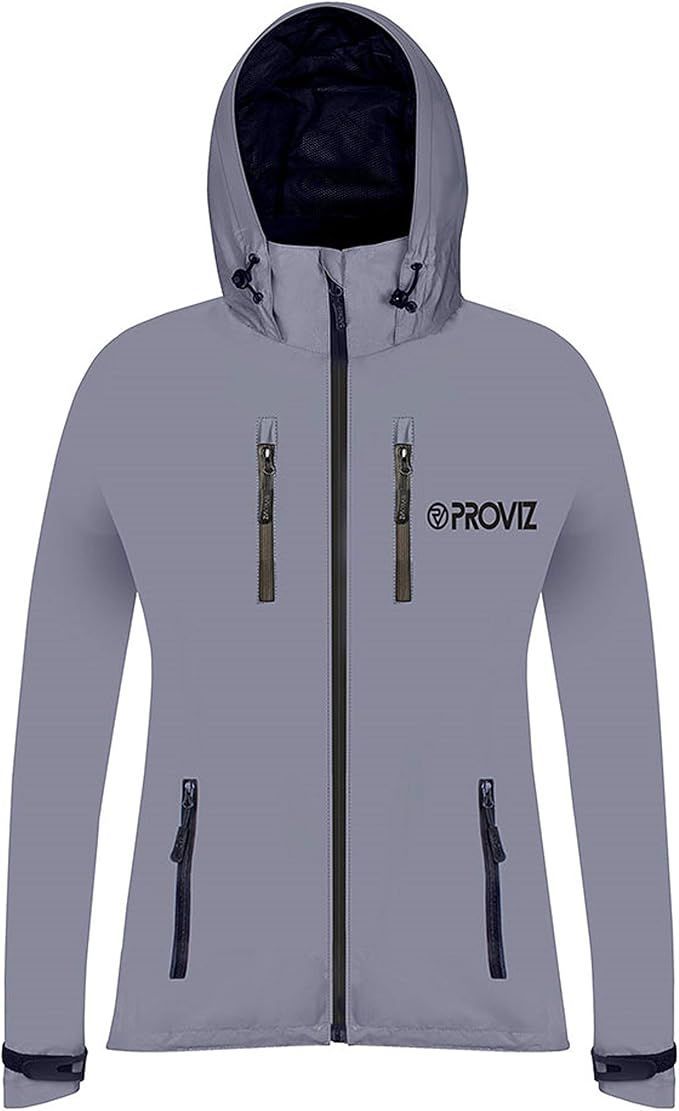
The Proviz Reflect360 Jacket is a high-visibility, waterproof, and windproof outdoor jacket designed for cycling, walking, and other nighttime activities. Its 100% reflective outer-shell, enhanced with millions of glass beads, provides astonishing reflectivity for optimal safety in low light. Users love its bright visibility, lightweight warmth, and multiple ventilation options.
| Fabric | Waterproofing | Temperature Range | Best for |
|---|---|---|---|
| Fully reflective outer shell | Fully waterproof, excellent for rain and snow | Above Freezing: Lightweight and breathable Very Cold/Freezing: Windproof with room for extra layers |
Enhancing visibility with reflective details |
Gloves and Hand Protection
Winter cycling gloves prevent numb fingers and frostbite, offering insulation, windproofing, and waterproofing. For above-freezing rides (35-50°F), use light thermal gloves. In sub-freezing conditions (20-35°F), choose fully insulated gloves with windproof membranes. Waterproof gloves help in wet conditions, ensuring a strong grip and maintaining dexterity for braking and shifting.
Sealskinz Waterproof All Weather Gloves
Amazon rating: 4.2/5, (123+ reviews)
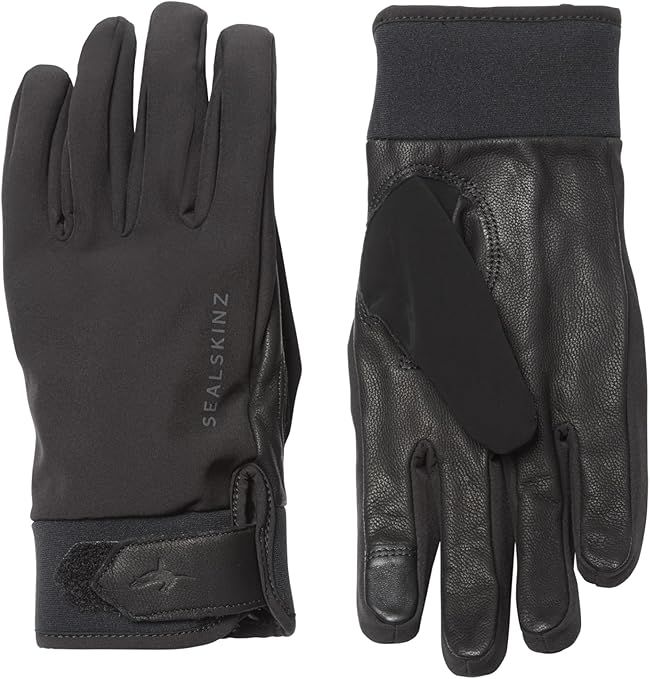
The Sealskinz Waterproof All Weather Gloves are versatile, durable gloves designed for outdoor activities in tough weather. Loved for their waterproofing, warmth, and touchscreen compatibility, users praise the reliable grip and comfort. However, some note inconsistent sizing and slightly long fingers as minor drawbacks.
| Fabric | Waterproofing | Temperature Range | Best for |
|---|---|---|---|
| Softshell outer with fleece lining | Fully waterproof, excellent choice for wet conditions | Above Freezing: Moderate insulation for flexible movement Very Cold/Freezing: Extra insulation with excellent grip |
Preventing cold hands and maintaining dexterity |
Castelli Estremo Gloves
Amazon rating: 4.5/5, (72+ reviews)
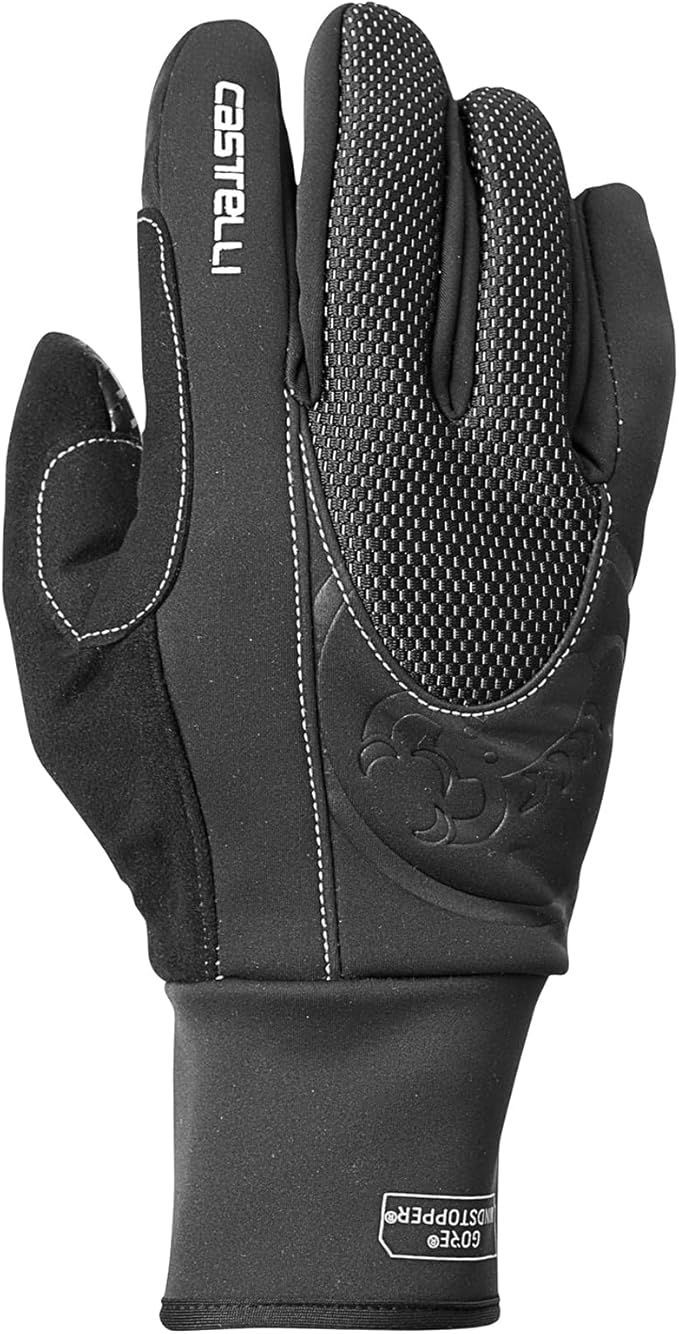
The Castelli Estremo Gloves are premium cycling gloves designed for extreme cold weather conditions. Engineered with Gore-Tex Infinium Windstopper fabric and fleece lining, they offer excellent windproofing and warmth. Cyclists love their secure fit, superior grip, and durability, though some note a snug fit. Ideal for rides in temperatures below freezing.
| Fabric | Waterproofing | Temperature Range | Best for |
|---|---|---|---|
| Thermal fleece with windproof membrane | Water-resistant, best for dry cold weather | Above Freezing: Breathable softshell prevents sweaty hands Very Cold/Freezing: Heavy insulation with wind chill protection |
Long-distance winter riding |
Shoes and Overshoes
Cold-weather cycling shoes and overshoes protect feet from freezing temperatures, wind chill, and wet conditions. Use insulated cycling shoes in above-freezing rides (35-50°F), while neoprene-lined, windproof overshoes add extra warmth in freezing temperatures (20-35°F). Waterproof overshoes are essential for rain and snow, keeping feet dry and warm during winter rides.
Shimano SH-RX8 Winter Shoes
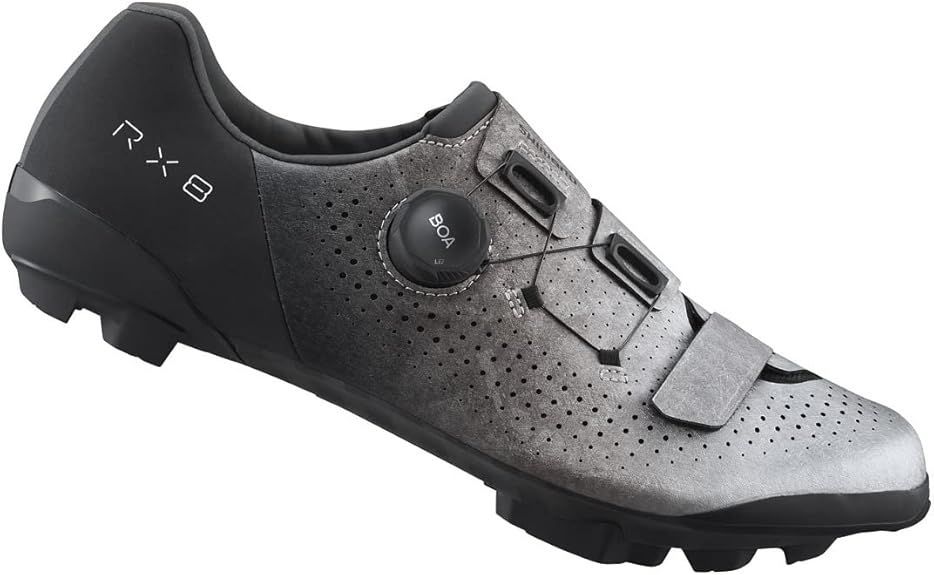
| Fabric | Waterproofing | Temperature Range | Best for |
|---|---|---|---|
| Neoprene lining with thermal insulation | Water-resistant, designed for wet rides | Above Freezing: Room for thicker socks for added warmth Very Cold/Freezing: Fully insulated with a windproof outer |
Keeping feet warm while pedaling |
Velotoze Waterproof Overshoes
Amazon rating: 3.2/5, (71+ reviews)
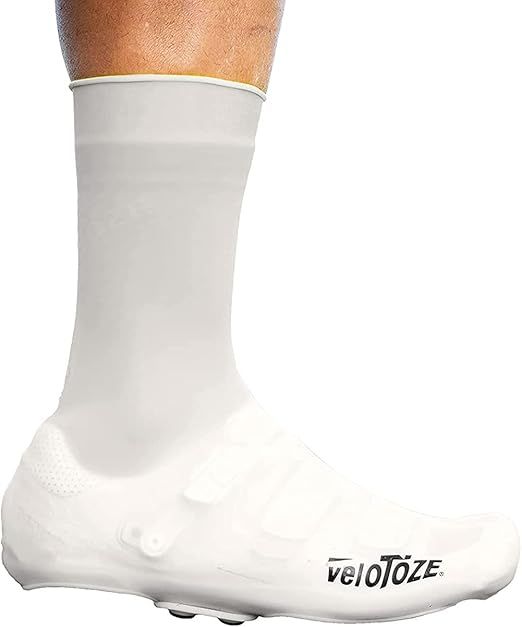
The Velotoze Waterproof Overshoes are lightweight, windproof, and waterproof shoe covers designed to protect cyclists' feet in cold and wet conditions. Their full boot-style coverage ensures socks and shoes stay dry while providing a snug, aerodynamic fit.
| Fabric | Waterproofing | Temperature Range | Best for |
|---|---|---|---|
| Neoprene with sealed seams | Fully waterproof, shields toes from rain and snow | Above Freezing: Lightweight, flexible fit Very Cold/Freezing: Full coverage with windproof protection |
Shielding feet from road spray and wet weather |
Headgear and Neck Warmers
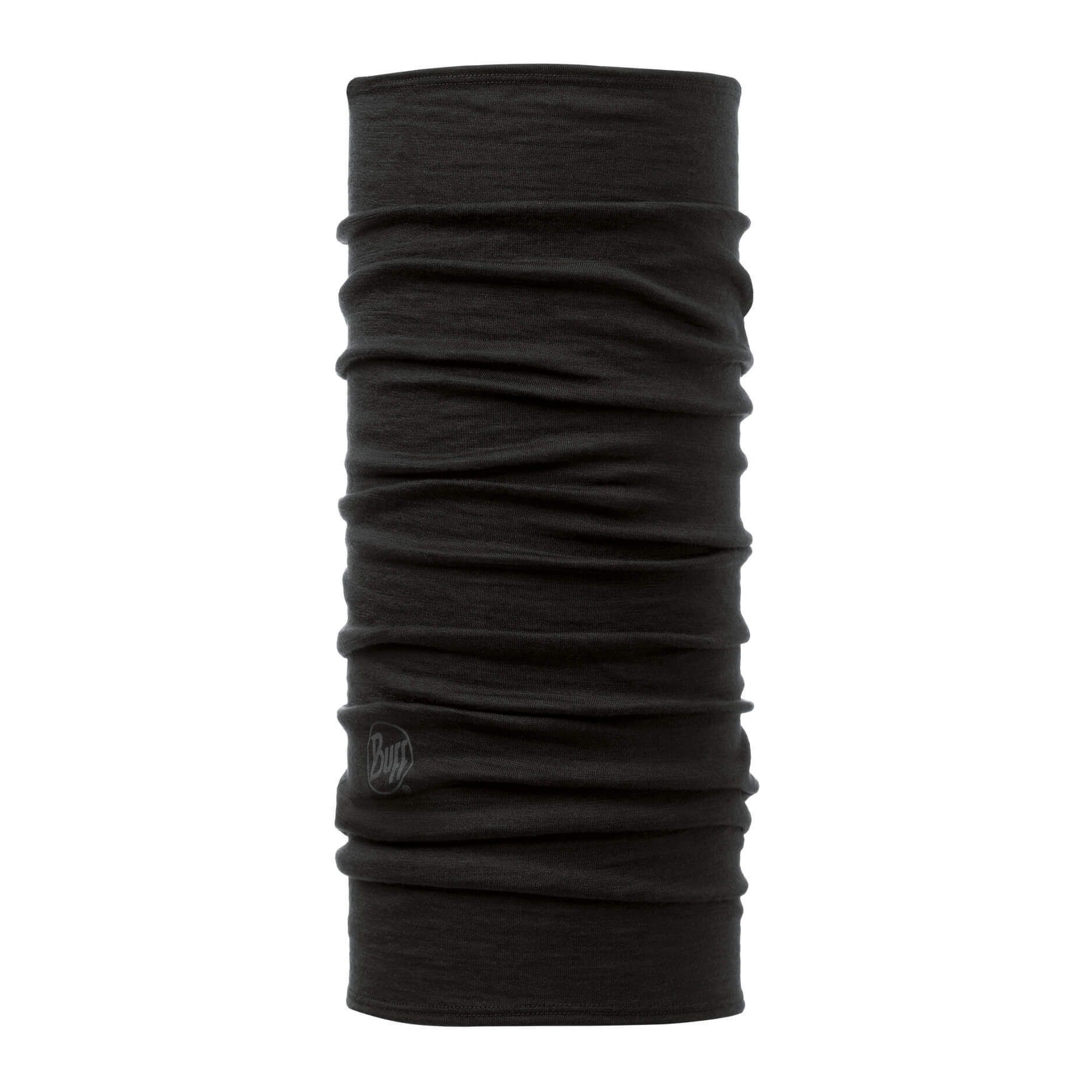
Proper head and neck protection prevents heat loss and shields against wind chill. Use balaclavas or fleece-lined skull caps for sub-freezing temperatures (20-35°F), while lightweight neck gaiters and merino wool buffs provide insulation in above-freezing rides (35-50°F). Covering ears and neck is crucial to maintaining body warmth during cold weather cycling.
Gore windstopper balaclava
Amazon rating: 4.0/5, (142+ reviews)
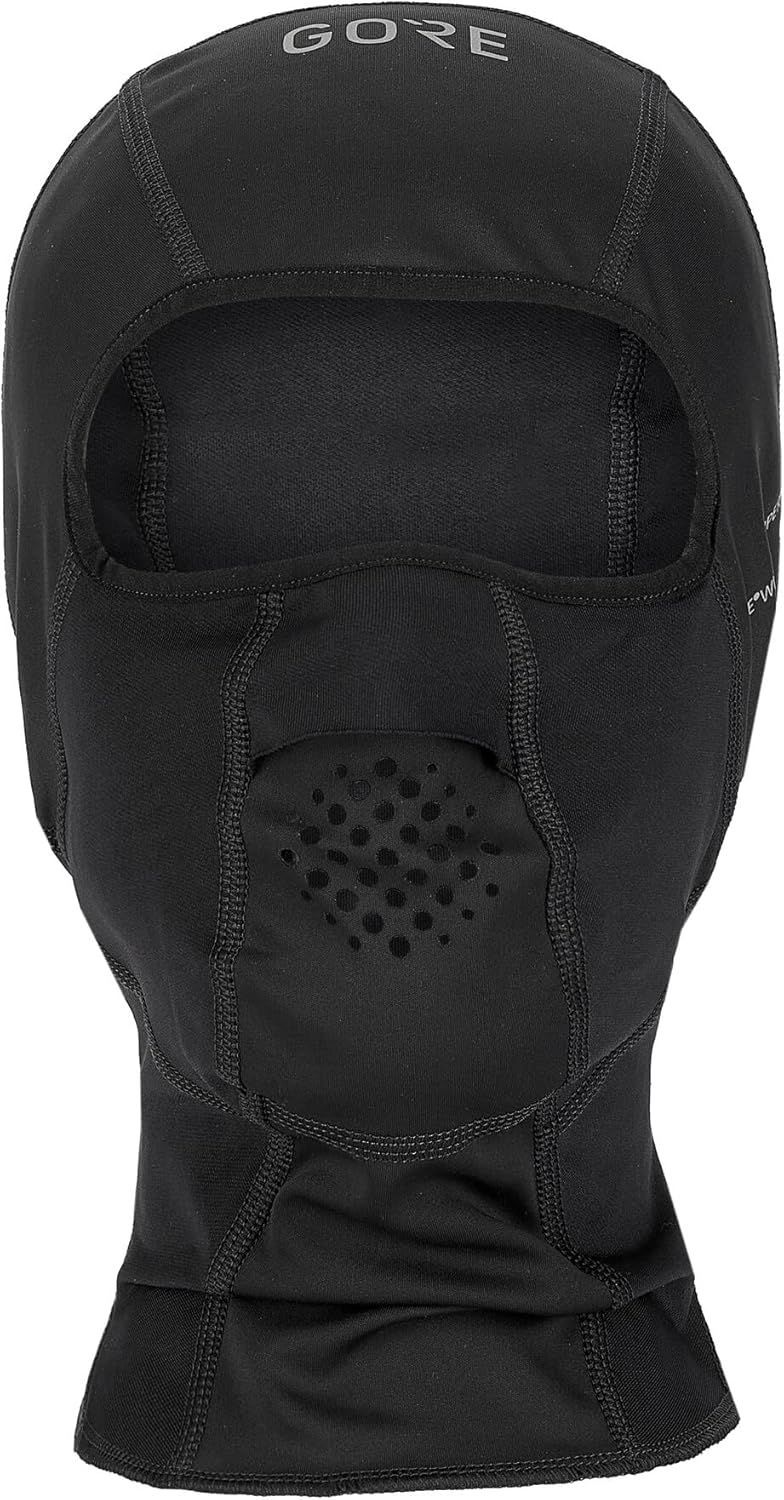
The GORE WEAR Unisex Windproof Balaclava is a versatile, high-performance headgear designed for athletes engaging in outdoor activities year-round. It features GORE WINDSTOPPER technology for exceptional windproofing, water resistance, and breathability. Users appreciate its warmth, comfort, and secure fit, making it ideal for cycling, hiking, and cold-weather sports.
| Fabric | Waterproofing | Temperature Range | Best for |
|---|---|---|---|
| Thermal fleece with wind-blocking panels | Water-resistant, ideal for damp conditions | Above Freezing: Covers head and keeps neck warm Very Cold/Freezing: Full face protection for extreme cold |
Protecting head and neck from wind chill |
Buff Merino Wool Neckwarmer
| Fabric | Waterproofing | Temperature Range | Best for |
|---|---|---|---|
| 100% merino wool for warmth and moisture control | Not waterproof | Above Freezing: Lightweight insulation Very Cold/Freezing: Thick wool for maximum warmth |
Retaining body heat and blocking cold air |
Eye Protection
Winter cycling eyewear protects against wind, snow, and glare, ensuring clear vision. Photochromic sunglasses adapt to changing light conditions, ideal for low-light and varied sun exposure. Snow goggles offer maximum wind and snow protection, best suited for mountain biking or extreme winter riding. Choose anti-fog lenses to prevent visibility issues in cold weather.
Rudy Project Photochromic Sunglasses
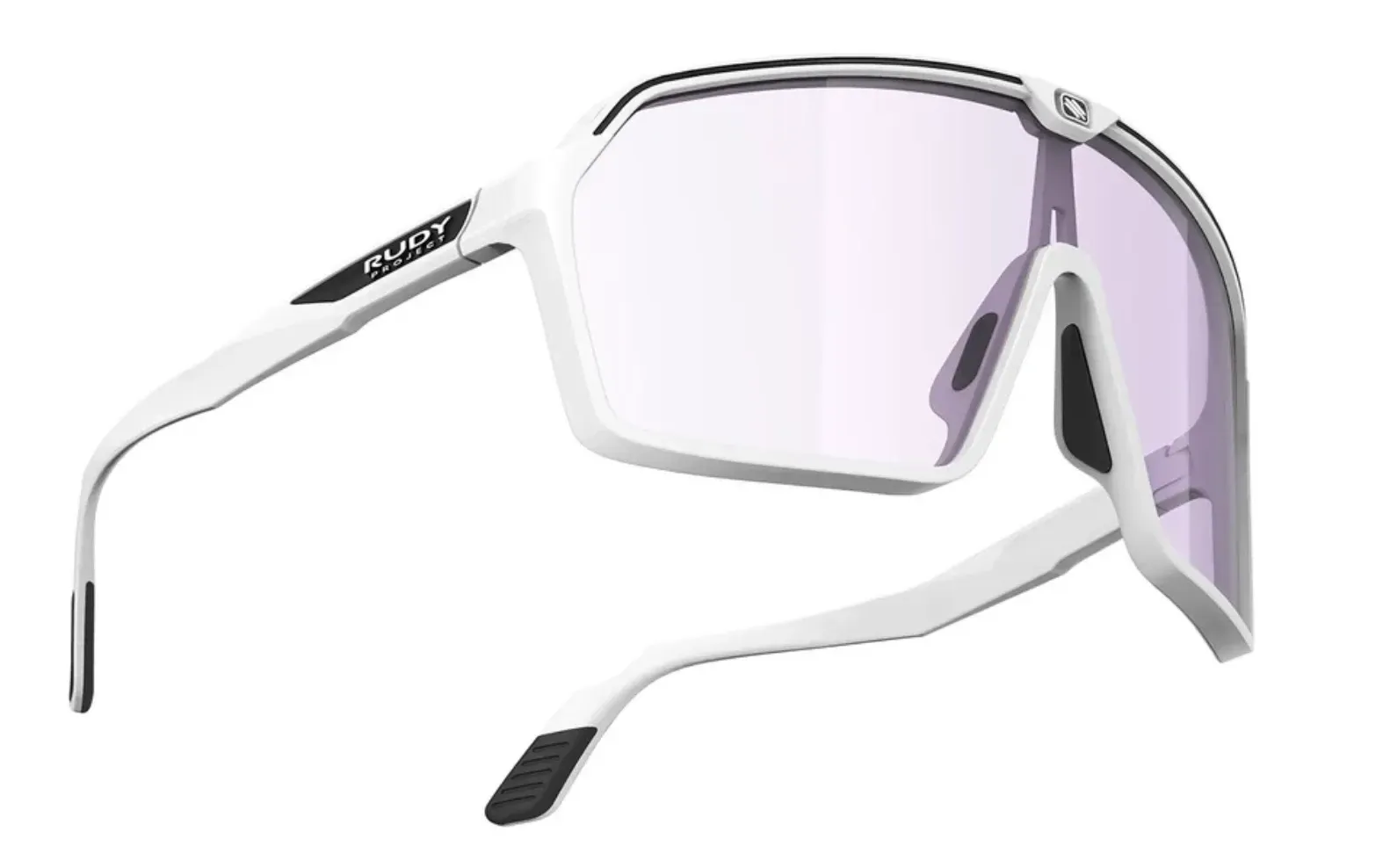
| Features | Best for |
|---|---|
| Adaptive lenses that adjust to outside temperature and brightness | Low light conditions and varying sun exposure |
Smith Photochromic Goggles
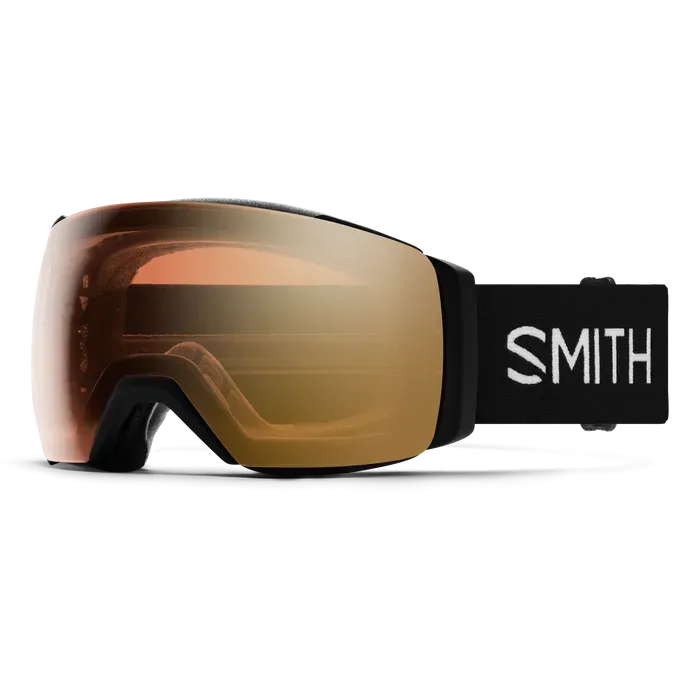
| Features | Best for |
|---|---|
| Excellent option for mountain biking in heavy snow Blocks wind chill and prevents dry eyes |
High-speed winter riding and mountain biking |
Climate-Specific Winter Cycling Gear Recommendations
A) Riding in Cold Weather (35-50°F)
When cycling in cold weather, the goal is to stay warm without overheating. The right cycling clothing will regulate body temperature, block wind chill, and keep you dry. Here's what to wear:
- Base Layer: A lightweight Merino wool or Merino-poly blend base layer wicks moisture and retains body heat. Avoid cotton—it traps moisture and makes you feel cold.
- Mid-Layer: A long-sleeve jersey or thin fleece layer provides an extra layer of warmth while staying breathable. Choose a thermal fleece for early morning rides.
- Outer Layer: A windproof jacket or gilet protects against wind chill and light rain. Opt for water-resistant options with reflective details for better visibility in low-light conditions.
- Arm & Leg Warmers: These help regulate body temperature and provide flexibility in changing temperatures. You can remove them if you start to feel warm.
- Neck Protection: A Merino wool neck warmer blocks wind and traps body heat, keeping your neck warm.
- Gloves: Lightweight winter cycling gloves offer excellent grip while keeping your hands warm without overheating.
- Socks: Wool socks prevent cold feet and wick moisture to keep your skin dry.
B) Riding in Freezing Weather (20-35°F)
When cycling in freezing temperatures, cold isn’t just uncomfortable—it can be dangerous. The right winter cycling gear will keep you warm, block wind chill, and protect against rain and snow. Here’s what to wear:
- Base Layer: A heavier-weight Merino wool or thermal blend base layer traps body heat while wicking away moisture to keep your skin dry.
- Mid-Layer: A thick fleece or insulated jacket adds extra warmth, preventing cold air from seeping through. Thermal fleece is an excellent option for warmth without bulk.
- Outer Layer: A waterproof and windproof softshell or hard shell jacket provides full protection from snow, rain, and wind chill. Look for breathable technical fabrics to prevent overheating.
- Thermal Bib Tights: Opt for wind-blocking pants or thermal bib tights to keep your legs warm. These help maintain body temperature in sub-freezing conditions.
- Head & Neck Protection: A balaclava or full-face mask shields your head, neck, and ears from freezing wind. If riding in low light conditions, choose one with reflective details.
- Winter Cycling Shoes: Regular cycling shoes won’t cut it in freezing weather. Wear winter-specific cycling shoes designed with insulation and room for thicker socks. Neoprene shoe covers help keep feet warm and dry.
- Gloves: Heavier insulated gloves are a must. Look for water-resistant, insulated gloves with hand warmers for sub-zero rides. A good pair will offer excellent grip without restricting movement.
Pro Tip: When the outside temperature drops below freezing, layering is even more critical. Prioritize water repellent and insulated apparel to keep warmth in and moisture out.
Bike-Specific Gear for Winter Cycling
Dressing for cold weather cycling isn’t just about clothing—your bike needs winter-ready upgrades too. The correct gear can make all the difference in safety, visibility, and comfort when riding in colder temperatures.
- Fenders: Wet roads and snow mean more spray. A good pair of fenders keeps road grime and water from soaking your legs, back, and bike components.
- Wider Tires: As temperatures drop, road surfaces become slippery. Switching to wider tires provides better grip and stability, especially on wet or icy terrain.
- Studded Tires: If you’re cycling in snowy or icy conditions, consider studded tires for extra traction and control. These help prevent slipping when riding on frozen roads.
- Lights for Low Light Conditions: Shorter winter months mean darker rides. Equip your bike with high-visibility front and rear lights like the Garmin Varia Radar to ensure you’re seen in low-light conditions.
- Reflective Details: Adding reflective accessories to your bike frame, helmet, or clothing improves visibility when riding in low light or snowy conditions.
Common Mistakes and How to Avoid Them
Even with the best winter cycling gear, mistakes in layering, fabric choices, and visibility can make winter rides uncomfortable or even dangerous. Here’s what to avoid and how to fix it:
- Over-layering or under-layering: Piling on too many layers can cause overheating and excessive sweating, while not layering enough leaves you exposed to the cold. Follow a three-layer system—moisture-wicking base layer, insulating mid-layer, and protective outer layer—for optimal warmth and breathability.
- Using cotton or non-cycling-specific gear: Cotton absorbs moisture, making it useless in cold conditions. Instead, opt for technical fabrics like merino wool, synthetic blends, or thermal fleece that wick moisture and retain warmth.
- Neglecting extremities (hands, feet, and face): Cold feet, frozen fingers, and a wind-chilled face can make your ride miserable. Invest in winter cycling gloves, waterproof shoe covers, and a neck warmer to retain body heat in vulnerable areas.
- Ignoring the wind chill factor: The outside temperature isn’t the only concern—wind chill can make it feel significantly colder. A windproof outer layer, insulated tights, and thermal jackets prevent the chill from cutting through.
- Skipping reflective gear for visibility: Winter riding often means low-light conditions and reduced visibility. Wearing jackets, gloves, and tights with reflective details and equipping your bike with front and rear lights ensures you’re seen by drivers and other cyclists.
Pro Tip: The important thing to remember is that comfort and safety go hand in hand. Dressing smartly, staying visible, and choosing the right cycling gear can turn winter rides into enjoyable experiences instead of frustrating battles against the elements.
FAQs
1. What should I wear for winter cycling?
For winter cycling, wear a moisture-wicking base layer, an insulating mid-layer, and a waterproof outer layer to regulate body temperature and stay dry. Layering is key—avoid cotton, choose thermal fleece for warmth, and opt for windproof and water-resistant materials to protect against cold, rain, and wind chill.
2. Are thermal base layers worth it?
Yes, thermal base layers are essential for cold-weather cycling gear. They wick moisture away from the skin, retain body heat, and prevent chills. Merino wool and synthetic blends offer excellent insulation without bulk, keeping you warm while maintaining breathability in colder temperatures.
3. How do I keep my feet warm while cycling in winter?
To prevent cold feet while cycling, wear thermal socks, use neoprene overshoes, and opt for winter cycling shoes with room for thicker layers. Keeping your core warm also helps maintain circulation to your feet, reducing the risk of numbness in freezing conditions.
Ride Protected, Ride Safe with Bike Legal

At Bike Legal, we’re cyclists representing cyclists. Whether you're commuting, training, or simply enjoying a winter ride, safety should always come first.
If you’ve been injured in a cycling accident, our legal team has the expertise to advocate for you. We are committed to securing justice, fair compensation, and promoting cycling safety for all riders.
📞 Call 877-BIKELEGAL (877-245-3534) for a free consultation.
Read next:

